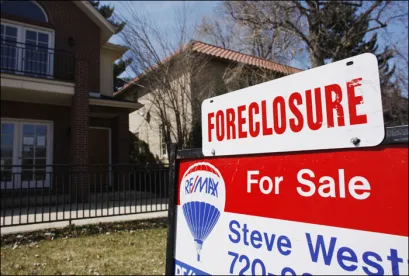A recent Sixth Circuit case addressed an issue that tends to arise frequently in various types of class actions, such as property insurance and environmental cases: whether property valuation issues are appropriate for class treatment. The answer here was “no,” and the opinion could be useful to defendants in other contexts.
Tarrify Properties, Inc. v. Cuyahoga County, — F.4th –, 2022 WL 2128816 (6th Cir. June 14, 2022) involved a constitutional challenge to a tax foreclosure procedure in Ohio that allowed a county to place foreclosed properties into a “land bank” without allowing the property owner to receive any excess equity. The plaintiff filed a putative class action challenging this foreclosure procedure under takings clauses in the federal and state constitutions. The district court denied class certification, and the Sixth Circuit affirmed.
The proposed class was defined as owners of relevant tax-foreclosed properties who had excess equity at the time of the foreclosure. That was likely the only viable way to define the proposed class because if there was no excess equity, the property owner would have no claim. But this posed what the Sixth Circuit concluded was an insurmountable problem for ascertainability (identifying the class members) and predominance. Class members could not be identified without determining the fair market value of their property at the relevant time, and experts on both sides agreed that this would depend on many factors. And if the defendants’ expert was correct, the named plaintiff had no excess equity, presenting an adequacy of representation problem as well.
The plaintiff argued that this problem could be overcome by relying on the properties’ assessment values, or on the basis that the county was bound by the value it had used for foreclosure purposes under collateral estoppel or judicial estoppel. The Sixth Circuit rejected these arguments, explaining that, although the assessment values were a “default valuation,” they were not “unrebuttable” or a “conclusive answer.” The assessments were up to six years old, and in any event could be challenged in the litigation. As to estoppel, the county board had not made findings on the fair market value of properties in its foreclosure order.
The plaintiff also suggested that the valuation issues could be resolved by a special master, subclasses or through a new “mass appraisal” for litigation purposes. The Sixth Circuit rejected those options as well because they would still require “mini-trials over each property’s value.”
This decision seems helpful to defendants faced with class actions in other contexts where the claims involve property values, such as property insurance cases, and cases alleging that an environmental nuisance such as an odor or dust from a facility has impacted property values in the area.



 />i
/>i

